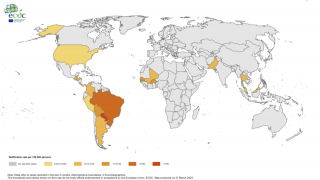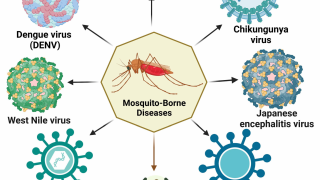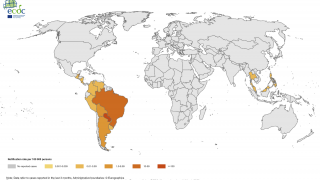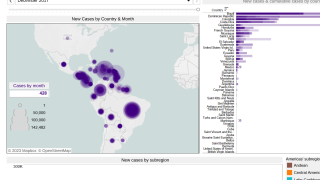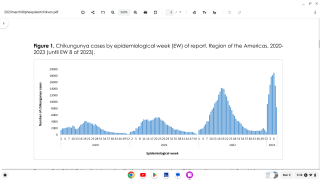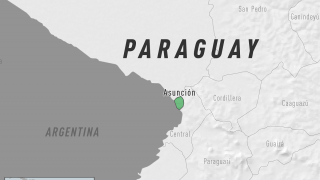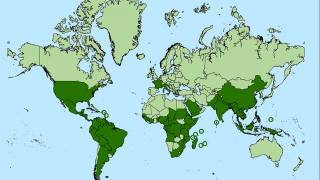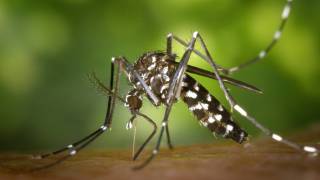Smartphone App Identified Infectious Disease Mosquitoes

Researchers at the University of Texas in Austin have created a diagnostic app using a cellphone camera to identify mosquitoes for their species type and Wolbachia bacteria.
Wolbachia is widely studied for possible properties to block transmission of infectious viruses, such as chikungunya, dengue, and zika.
Since there are no visual signs of Wolbachia infection in Aedes aegypti, and current diagnostic tests are hard to read, Sanchita Bhadra Ph.D. and her UT colleagues developed a probe that uses a smartphone camera to test mosquitoes' nucleic acid for Wolbachia, in addition to the mosquito species type.
One approach to reduce viral transmission is to simultaneously infect mosquitoes with Wolbachia, a bacterium that can curb pathogen transmission.
The researchers used fundamental principles of nucleic acid chemistry to create these probes (termed "OSD probes") and applied them to "LAMP assays" a nucleic acid detection test that is favored for its relative simplicity.
OSD probes help to accurately read LAMP assays. When OSD probes bind to their target LAMP DNA, they produce a visible signal.
In the absence of specific target DNA, no signal is generated.
The researchers' new design prevents false positive results, which is a common drawback of LAMP and yields an accurate yes/no visual readout on the smartphone.
Moreover, the one-pot assay is simple to use as it can directly analyze crudely macerated individual or pooled mosquitoes without requiring nucleic acid purification.
In a blinded test of 90 field-caught mosquitoes, the researchers demonstrated 98 percent specificity and 97 percent sensitivity in identifying Ae. aegypti mosquitoes with their new cellphone assay, even after 3 weeks of storage without desiccant at 37 degrees Celsius.
Similarly, their cellphone assay readily identified the Wolbachia strain in field-collected mosquitoes without generating any false positive signals.
The authors note that, while there could be potential false positives with their assay due to Wolbachia DNA merging with the chromosomes of an uninfected host, such as a fruit fly, this is an issue of which researchers using all nucleic acid amplification assays, including PCR, should remain vigilant, and is not isolated to their assay alone.
The researchers conclude in a press release, "We are currently automating the assays and workflow on low-cost paper and plastic devices that will not only further streamline diagnostic application but will also provide sealed chambers for biohazard and aerosol containment for macerating mosquitoes.”
“Our sample preparation and workflow not only simplify the application of molecular diagnostics for surveillance but also reduce cost by eliminating the need for nucleic acid extraction and complex instruments for assay incubation and readout."
Funding: This work was supported by a Bill and Melinda Gates Foundation grant (OPP1128792) and a National Science Foundation BEACON grant (DBI-0939454) to Andrew D. Ellington and a National Institutes of Health grant (R43 AI131948) to Ellington and Grant L. Hughes. Hughes is also supported by the National Institutes of Health grants (R21AI124452 and R21AI129507), a University of Texas Rising Star award, the John S. Dunn Foundation Collaborative Research Award, the Western Gulf Center of Excellence for Vector-borne Diseases (CDC grant CK17-005), the Robert J. Kleberg, Jr. and Helen C. Kleberg Foundation, and the Centers for Disease Control and Prevention (Cooperative Agreement Number U01CK000512). Shivanand Hegde was supported by a James W. McLaughlin postdoctoral fellowship at the University of Texas Medical Branch, and Miguel A. Saldaña was supported by an NIH T32 fellowship (2T32AI007526).
The funders had no role in study design, data collection and analysis, decision to publish, or preparation of the manuscript.
The contents of this paper are solely the responsibility of the authors, who declared no competing interests.
Our Trust Standards: Medical Advisory Committee



